This is Part I of my two-part series on my road trip through the Cotswolds, a picturesque area in England.
Rolling hills, honey-coloured stone houses, postcard villages… I’m describing the beautiful Cotswolds, a unique area in England unlike any other place in the world.
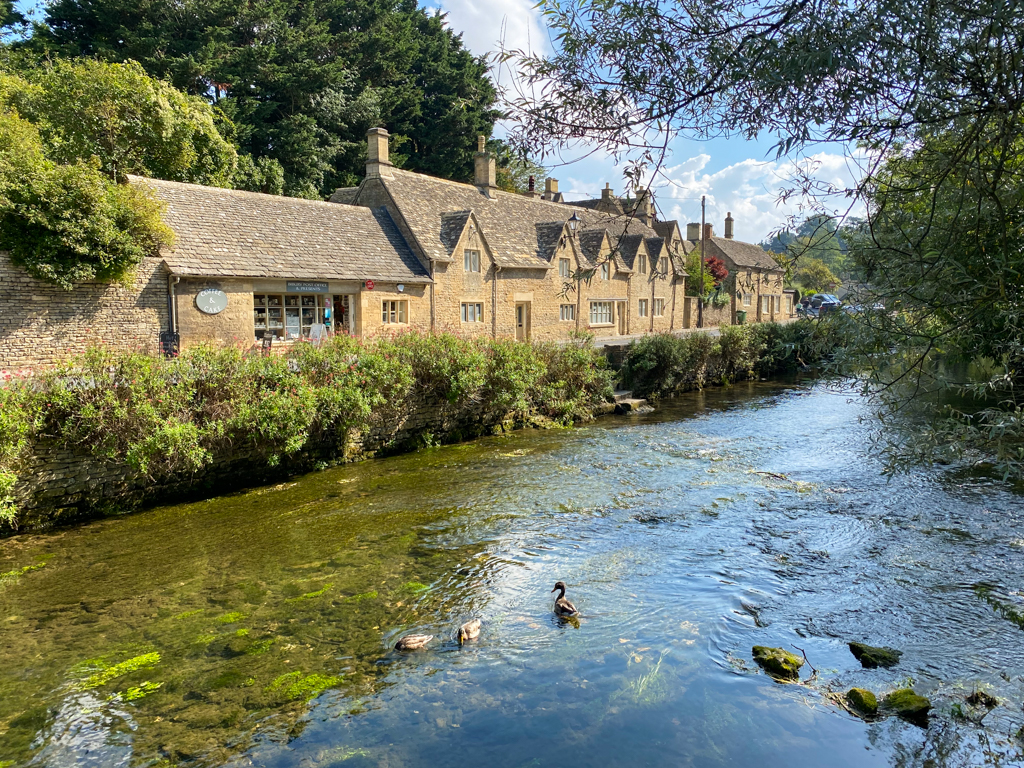 I often get asked if a day trip to the Cotswolds is feasible from London and I firmly say, no. You’ll miss the whole point of the Cotswolds, which is to go on walks through the countryside and explore the villages at a slow and leisurely pace.
I often get asked if a day trip to the Cotswolds is feasible from London and I firmly say, no. You’ll miss the whole point of the Cotswolds, which is to go on walks through the countryside and explore the villages at a slow and leisurely pace.
Bibury
It took us just over 2 hours to drive from London to our first stop in the Cotswolds, the town of Bibury. Bibury is actually made up of two villages separated by the River Coln. On the left bank is Bibury and on the right bank is Arlington. The area has at least been inhabited since the Iron Age, so there are lots of historical spots to visit and explore like the remains of a hill fort above the village, or the Roman road.

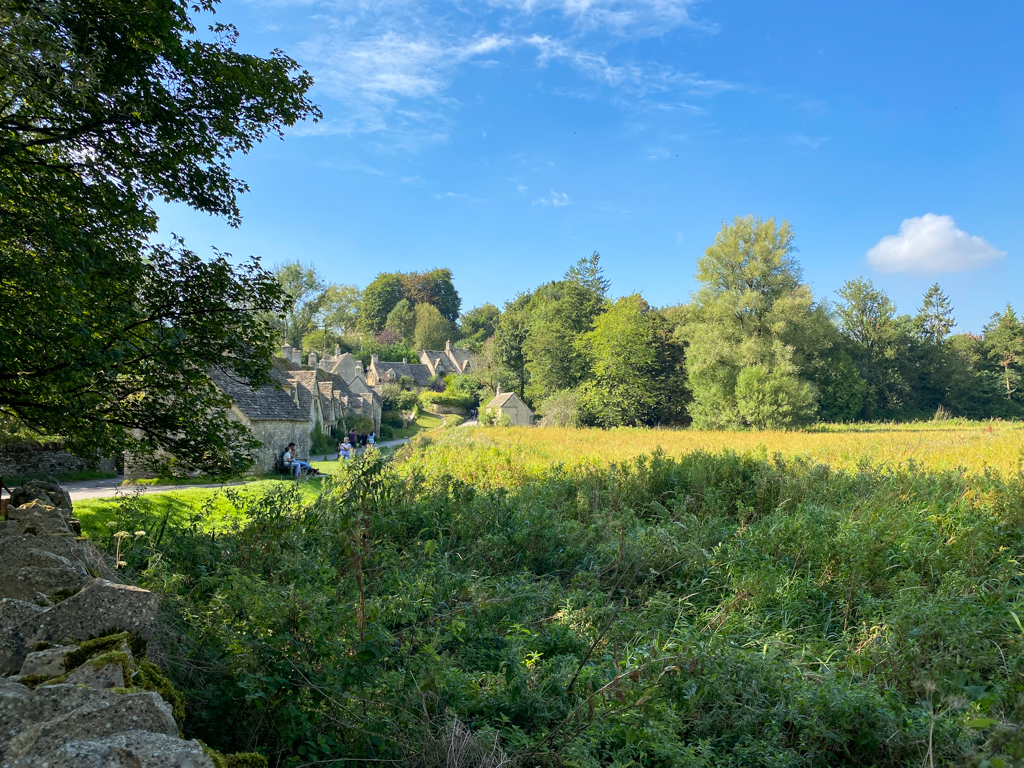 Before setting off on our walk for the day, we stopped at the main village cafe for a drink and a treat. We were then full of energy to get going! There are hundreds of walks available in the Cotswolds. I found it rather difficult to choose which ones to do during our short time here, but I bet you they are all beautiful in one way or another. On day one, we elected to do our hike of the day from Bibury. This particular trail is a 6.5 km / 4-mile walk through woodland and meadows rich in wildlife. It’s a circular route that takes about two hours.
Before setting off on our walk for the day, we stopped at the main village cafe for a drink and a treat. We were then full of energy to get going! There are hundreds of walks available in the Cotswolds. I found it rather difficult to choose which ones to do during our short time here, but I bet you they are all beautiful in one way or another. On day one, we elected to do our hike of the day from Bibury. This particular trail is a 6.5 km / 4-mile walk through woodland and meadows rich in wildlife. It’s a circular route that takes about two hours.
Right off the bat we crossed the river and walked past some old mill stones — eek such charm!

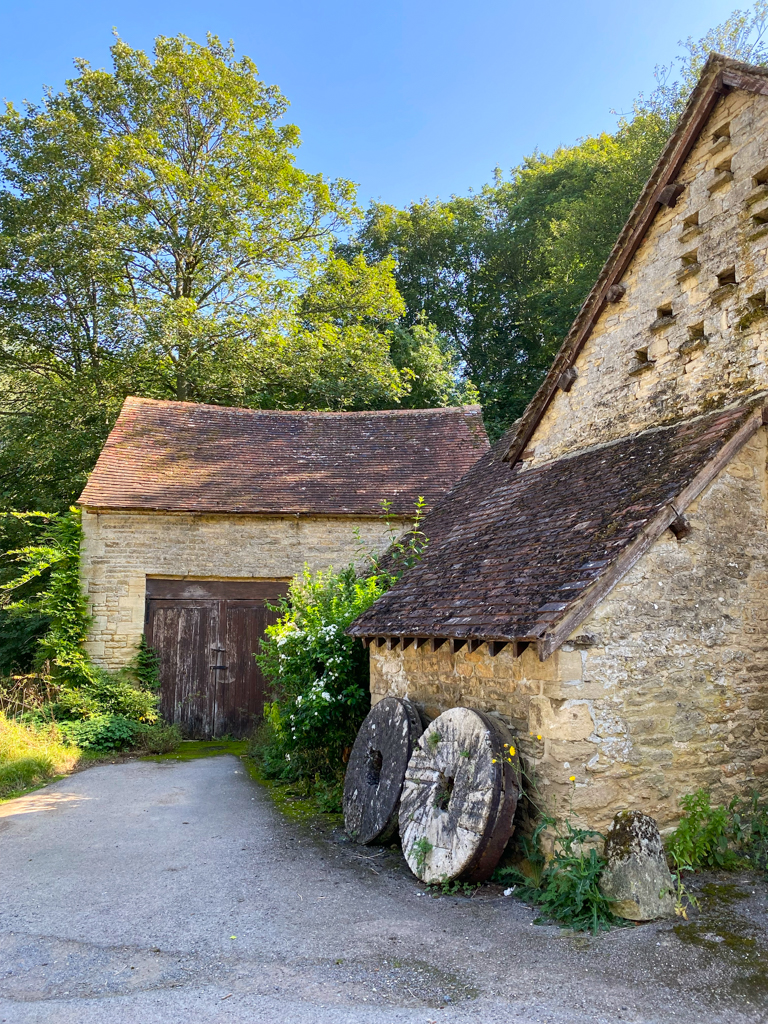
We then walked through Oxhill Wood and then down into a meadow. We ventured uphill into Ash Copse, where butterflies and wildflowers abound in the summertime. This walk is pretty neat because you also get to walk along a Roman road.


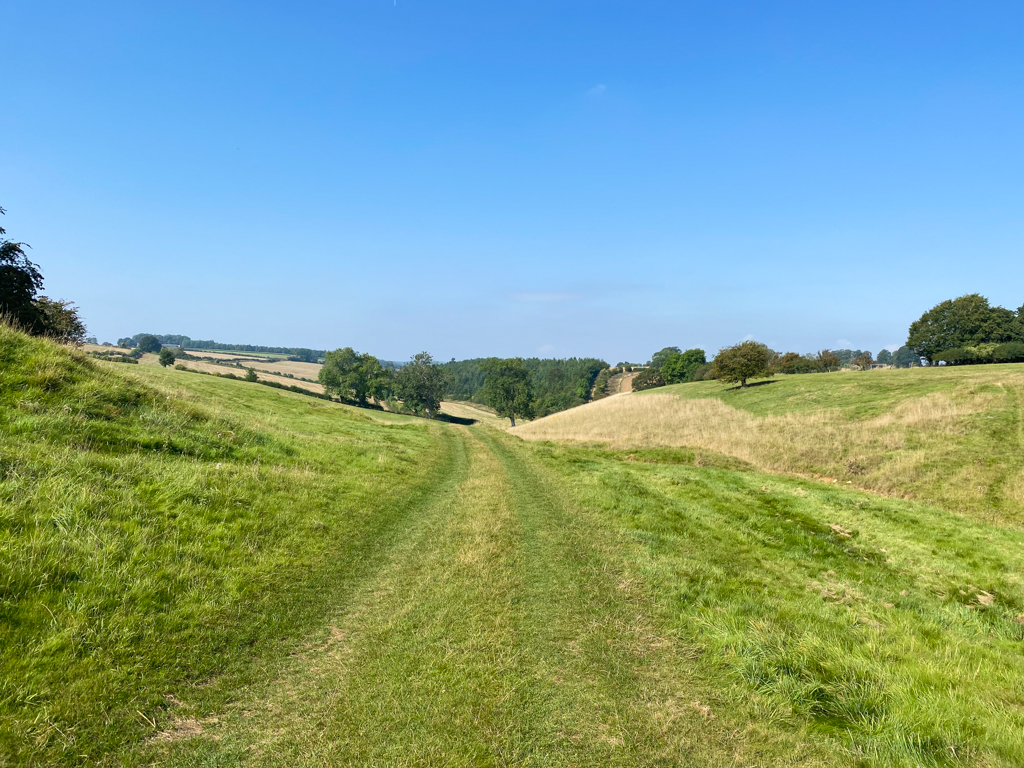 After our hike, we explored the town a bit more. The most well-known spot to see in Bibury is Arlington Row, a parish famous for its row of stone cottages. Arlington Row was originally built in the 14th century as a monastic wool store, but it was then converted in the 17th century into a row of weavers’ cottages.
After our hike, we explored the town a bit more. The most well-known spot to see in Bibury is Arlington Row, a parish famous for its row of stone cottages. Arlington Row was originally built in the 14th century as a monastic wool store, but it was then converted in the 17th century into a row of weavers’ cottages.
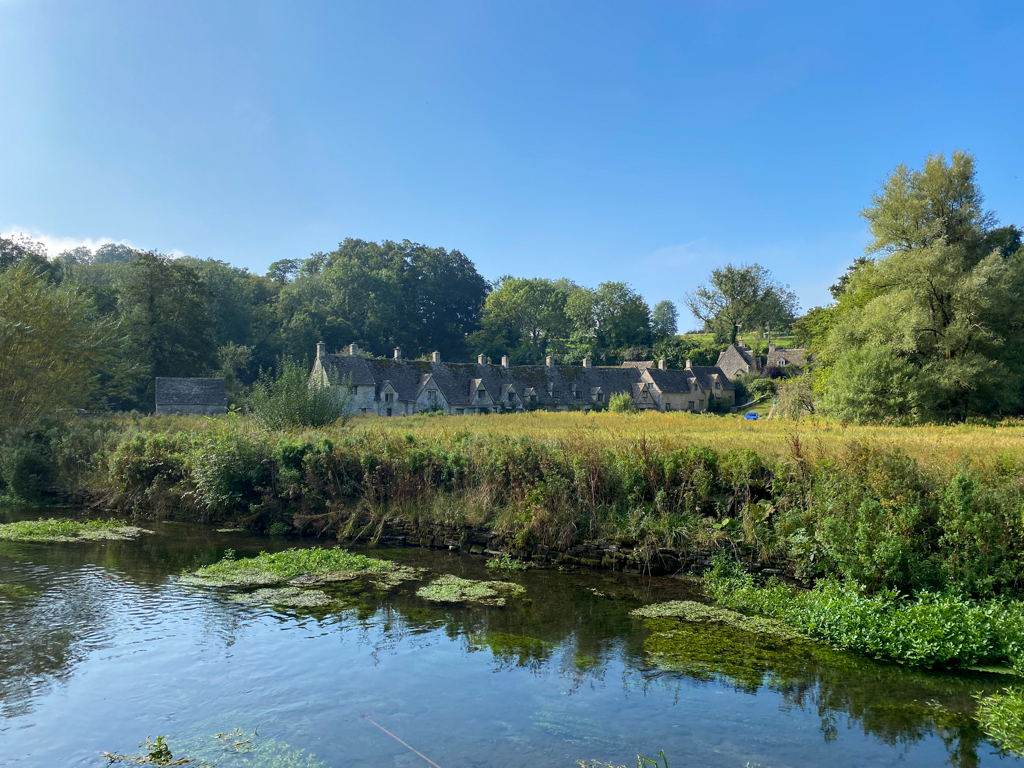
 I mean, with its stone buildings strung out along the banks of the River Coln, it’s easy to see why William Morris called Bibury ‘The most beautiful village in England’.
I mean, with its stone buildings strung out along the banks of the River Coln, it’s easy to see why William Morris called Bibury ‘The most beautiful village in England’.
Burford
We were then off to our next stop, Burford, a town known as the ‘gateway’ to the Cotswolds because it is the first archetypal Cotswolds town you encounter if you enter the area from London. During the 19th and 20th centuries, Burford prospered because it was at the heart of a major crossroads. All sorts of industries fed into the town such as farming, agriculture and building works.
Of course, like any of the towns in this area, the main thing to do is to walk around and just, well, be! It’s all about letting the romantic charm of the place swoop you up and take you to storybook lands.

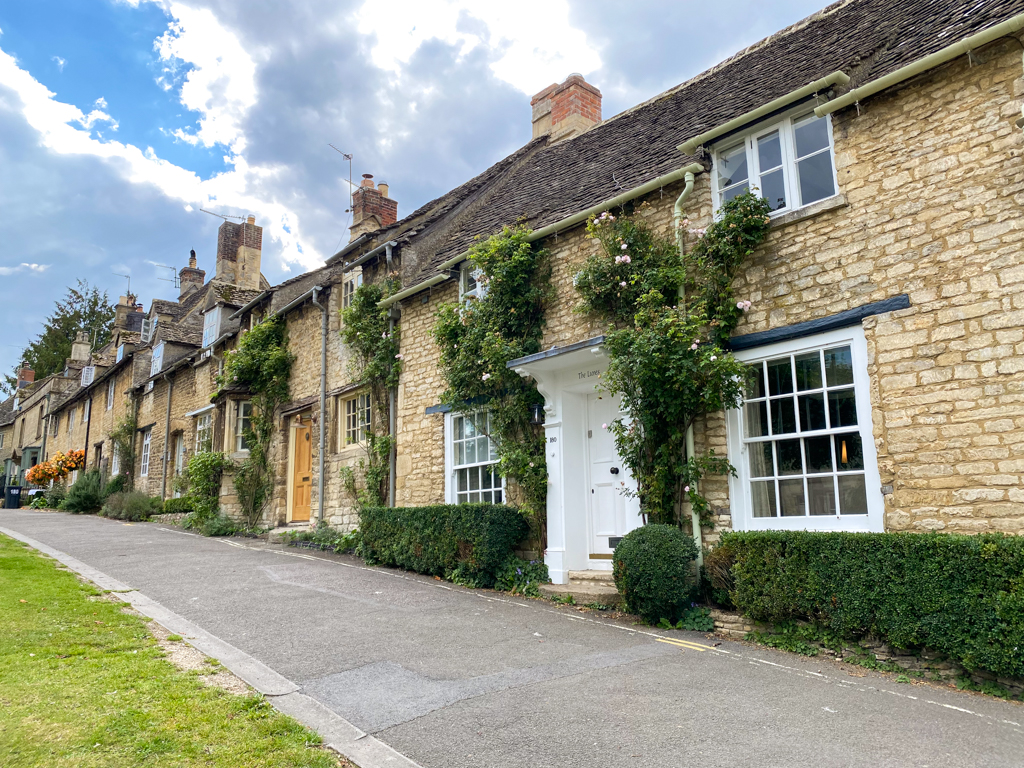 But before we could explore the town any further, it was time to fill our tummies! For lunch, we had some delicious pies at a gastropub called The Royal Oak. Their famous proper shortcrust pies are made at the pub. You can get steak and ale, mince beef and gravy, brisket and peppercorn sauce, but you can also get some veggies options! I went for the chickpea and potato pie and it was delicious.
But before we could explore the town any further, it was time to fill our tummies! For lunch, we had some delicious pies at a gastropub called The Royal Oak. Their famous proper shortcrust pies are made at the pub. You can get steak and ale, mince beef and gravy, brisket and peppercorn sauce, but you can also get some veggies options! I went for the chickpea and potato pie and it was delicious.


After lunch, we explored the town. Burford has a beautiful high street with tons of stores with charming window displays. There’s a deli, a bookshop, a home goods store and a patisserie. What more could you ask for?
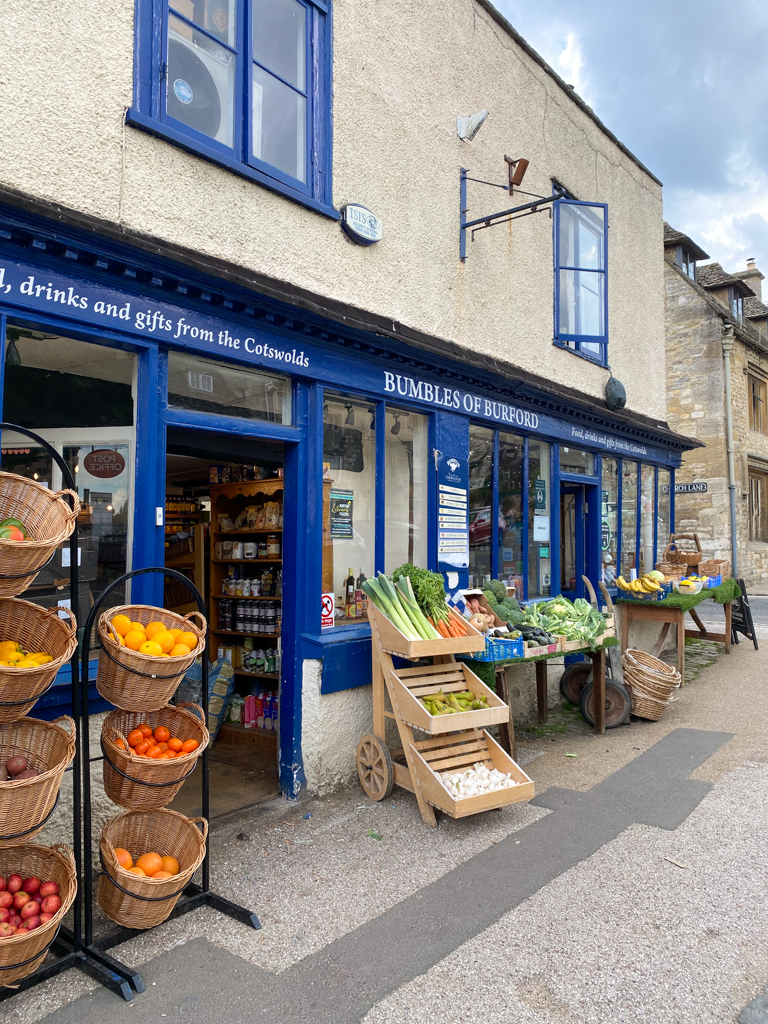
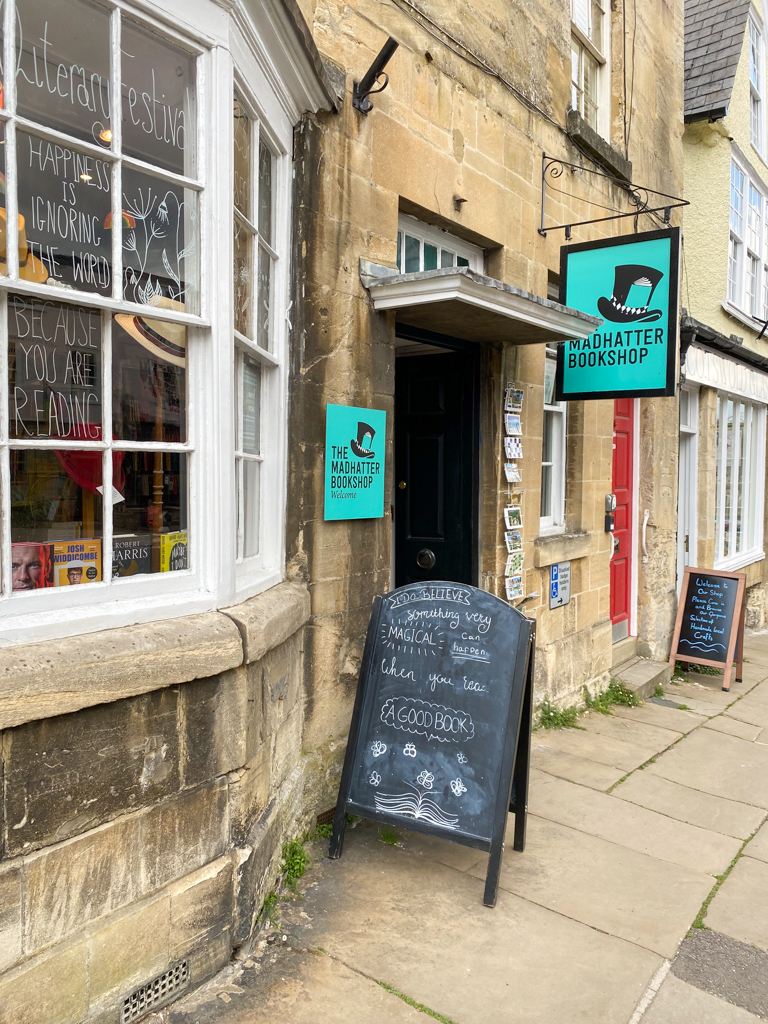

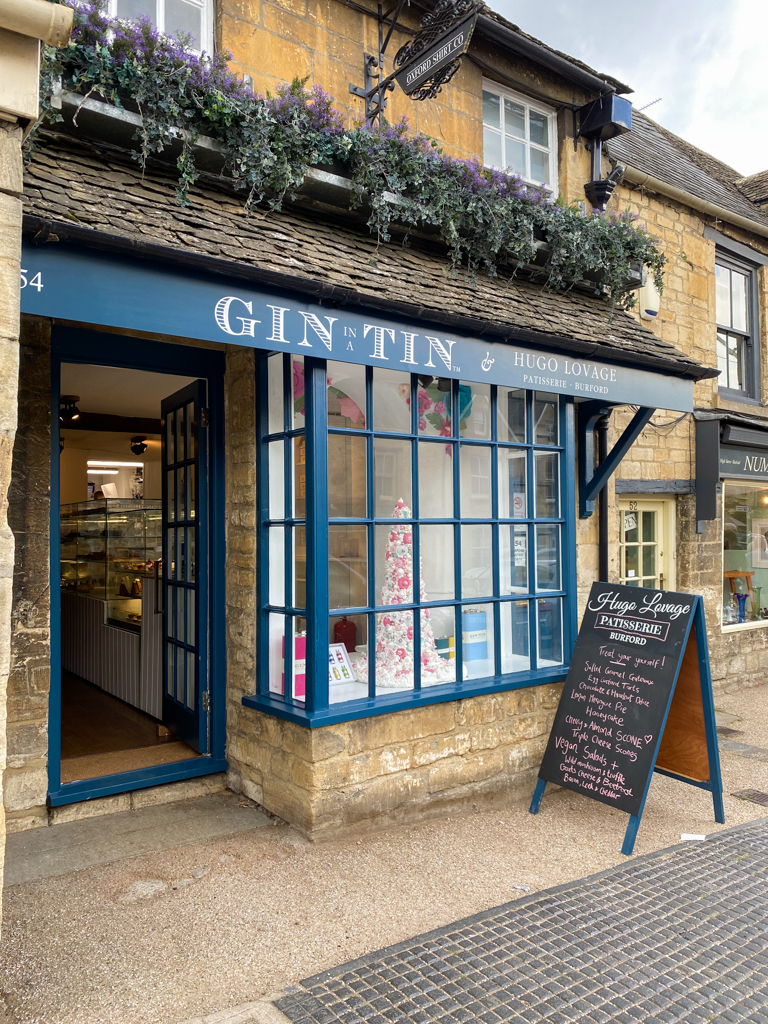
Before leaving Burford, we stopped at the Cotswolds Cheese Company to buy some dinner provisions, including different types of cheese, crackers and antipasti. The wide range of tasty cheeses is made locally in – you guessed it – The Cotswolds!
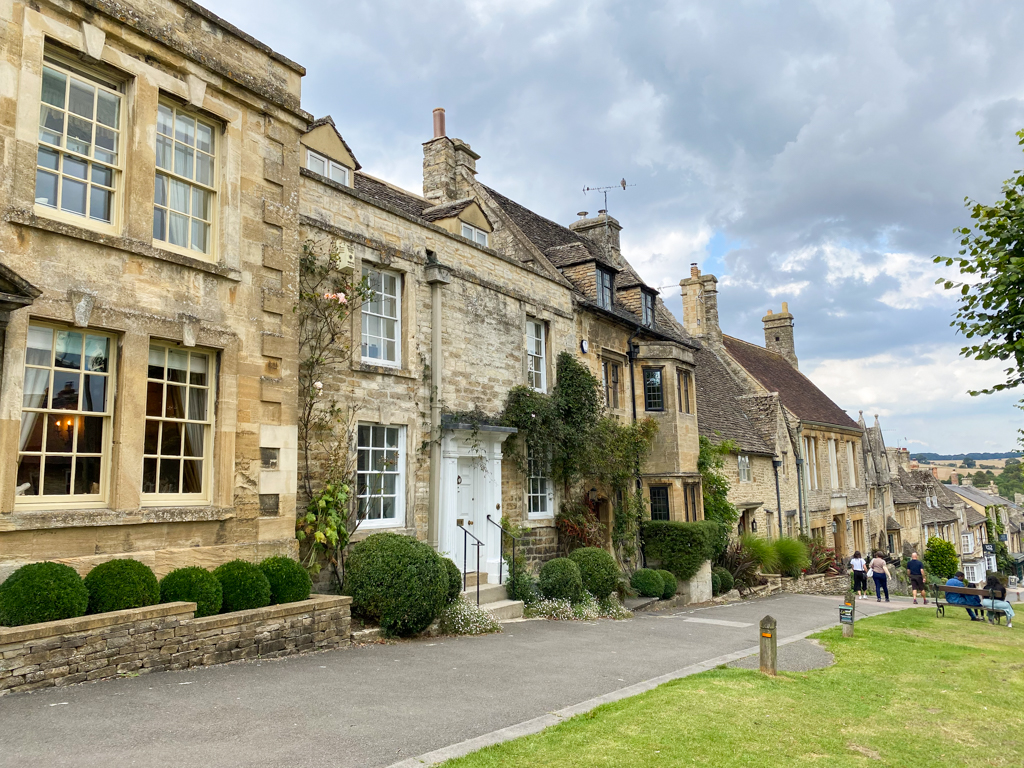
The Rollright Stones
On our way back to our accommodation, we stopped at a fascinating place: The Rollright Stones. They are ancient monuments, approximately constructed as far back as 3,500 BC. The Rollright Stones are actually three separate monument groupings. The largest one by number is the King’s Men stone circle. The circle is composed of 27 closely spaced stones, grouped together during the Late Neolithic or Early Bronze Age.

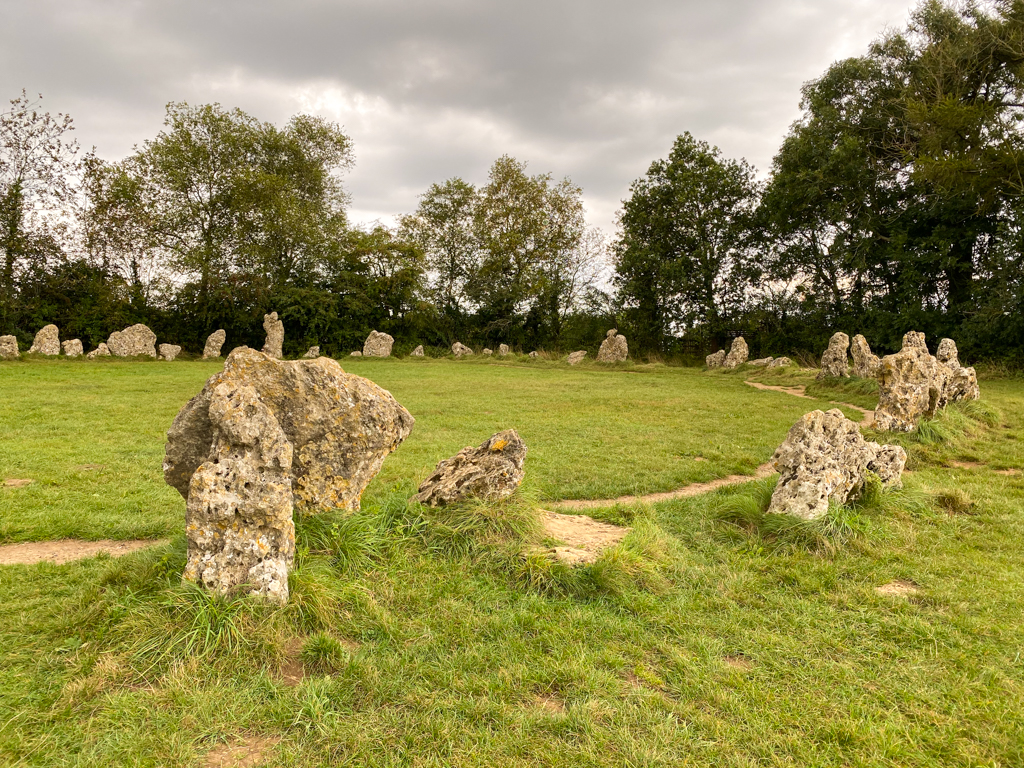 The legend behind the Rollright Stones in the Cotswolds centres around an Iron Age king who one day set out with his army to conquer the whole of England. Whilst marching through the Cotswolds and over Rollright Hill, the king met a witch who told him that if he could see the local village of Long Compton after seven strides then she would make him King of England.
The legend behind the Rollright Stones in the Cotswolds centres around an Iron Age king who one day set out with his army to conquer the whole of England. Whilst marching through the Cotswolds and over Rollright Hill, the king met a witch who told him that if he could see the local village of Long Compton after seven strides then she would make him King of England.
Knowing that Long Compton was just over the brow of the hill, the king – full of hubris and confidence – strode forward to claim his prize. Quite by his surprise though a mound rose up directly in front of him, and the witch exclaimed:
“Rise up stick, and stand still stone,
For King of England thou shalt be none;
As Long Compton thou ne’er didst see
Thou and thy men hoar stones shall be”


True to her promise, the witch instantly turned both the king and his men into the standing stones that can still be seen to this day.
Accommodation
And finally, it was time to call it a night. We drove back to our adorable Airbnb in a tiny village called Wiggington. We stayed in a beautiful period barn, set out in a guest house behind a lovely couple’s home. The barn was absolutely perfect, and certainly the perfect setting for a movie and cheese night.
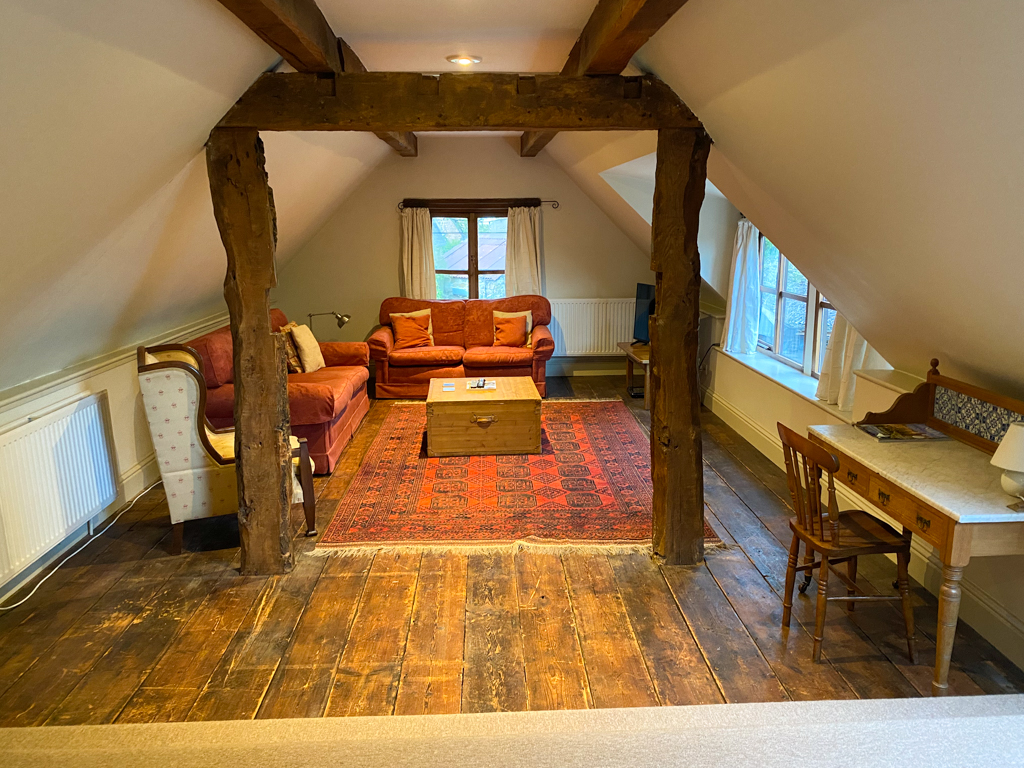


All in all, I’d say my first day in the Cotswolds was a wonderful success! I saw beautiful, picturesque towns, and lush, green landscapes, and rested in the most charming of barns.

Stay tuned for more English charm… Part II is one its way!

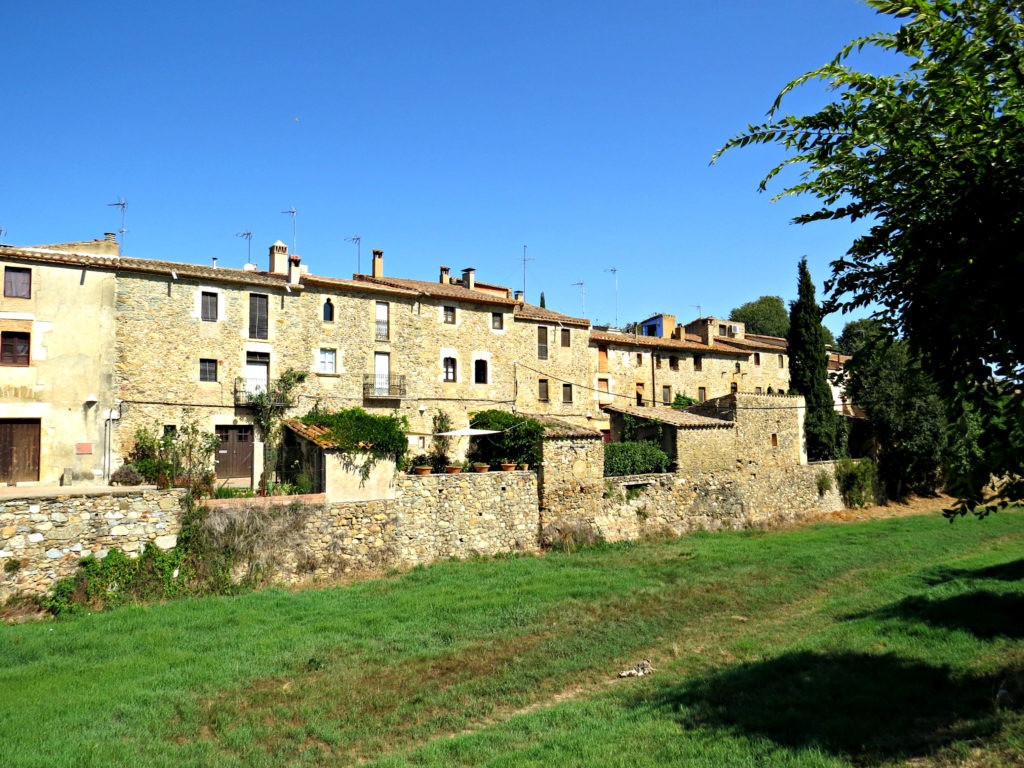

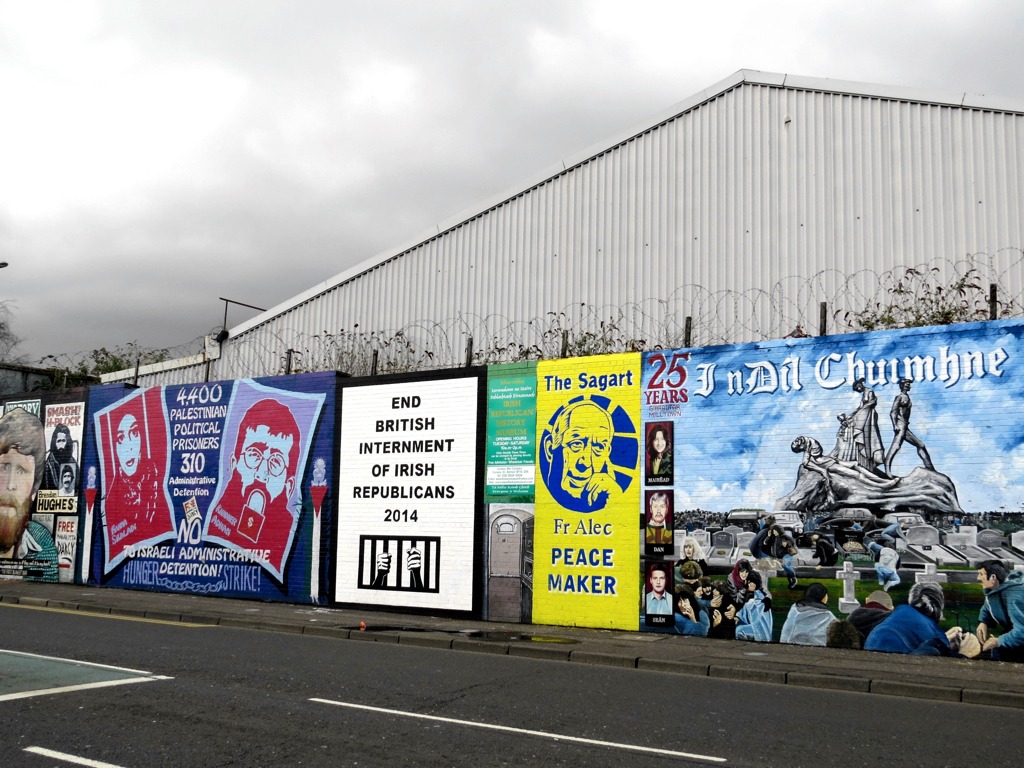
No Comments